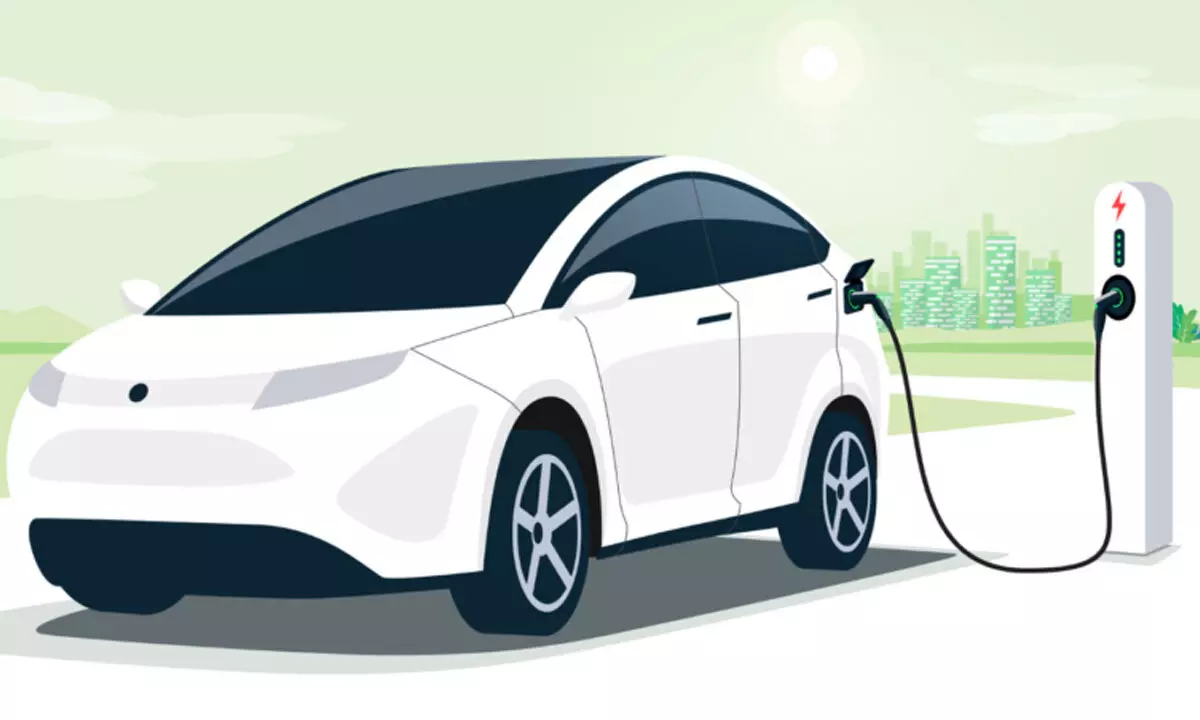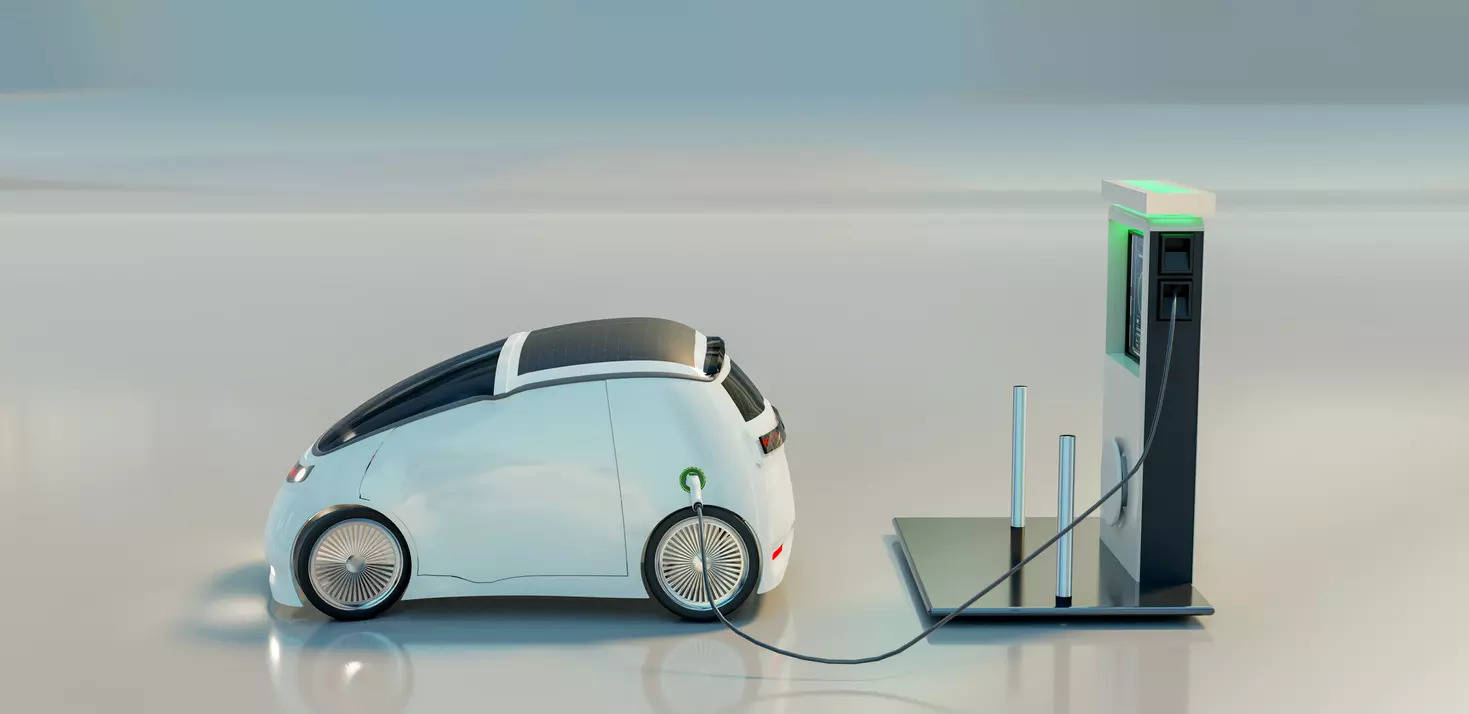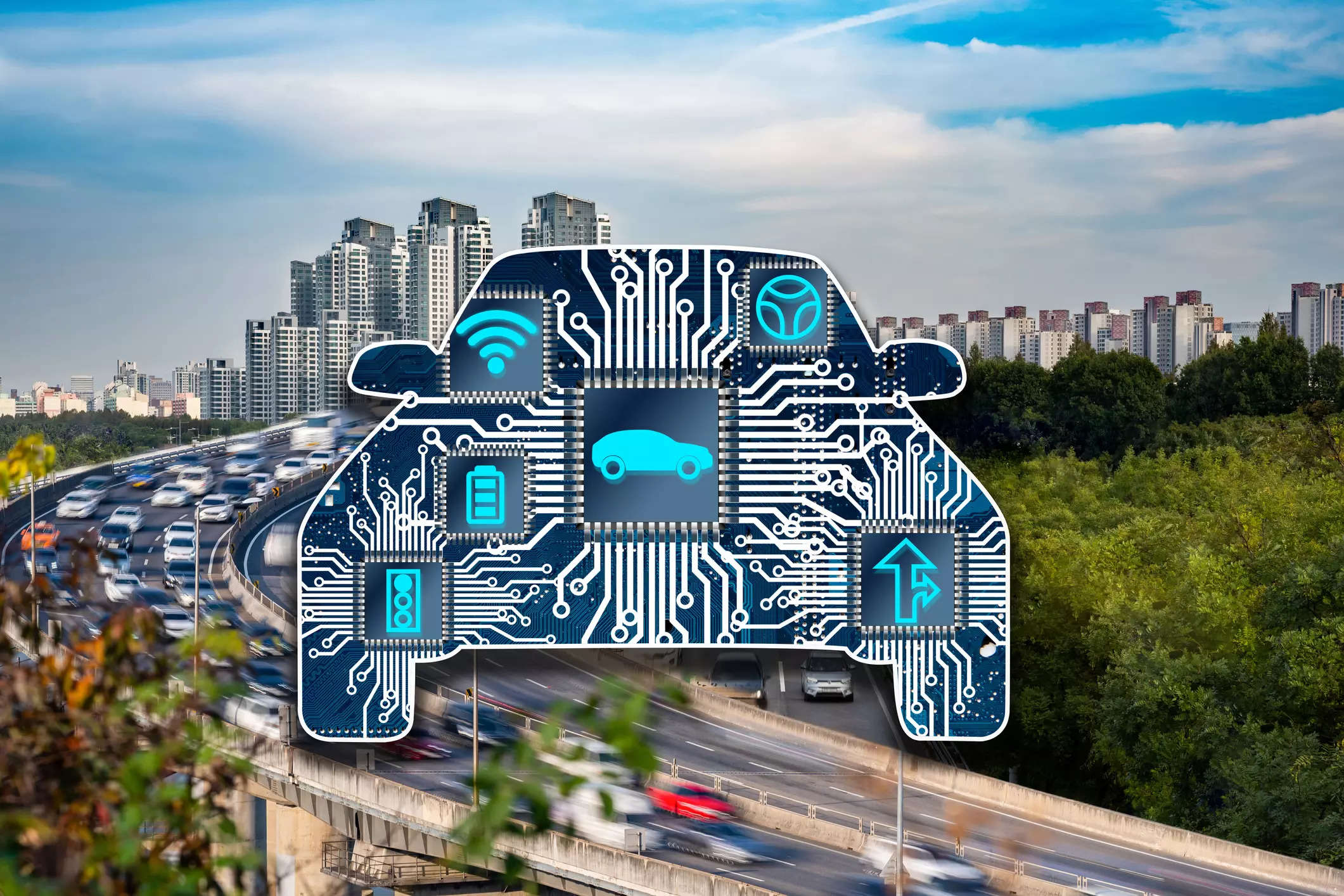
Introduction to Fuel Cell Electric Vehicles (FCEVs)
As the world shifts towards greener alternatives in transportation, Fuel Cell EVs are emerging as a promising solution. Powered by hydrogen and emitting only water vapor, these vehicles represent a clean and efficient mode of transport that could redefine our automotive landscape. But while the potential for FCEVs is immense, their widespread adoption faces numerous hurdles. From infrastructure challenges to safety regulations, the road ahead is not without its bumps.
Yet amid these obstacles lie significant opportunities for growth and innovation in the automotive industry. As governments rally around sustainable transportation initiatives and technological advancements continue to surge forward, a transformative shift toward hydrogen vehicles may be closer than we think. Let’s delve deeper into both the challenges hindering adoption and the exciting prospects on the horizon for Fuel Cell EVs.
Current Challenges in the Adoption of FCEVs
The journey toward widespread adoption of Fuel Cell Electric Vehicles (FCEVs) isn’t without its hurdles. One major challenge is the limited availability and infrastructure. Unlike traditional electric vehicles, which benefit from a growing network of charging stations, FCEVs are constrained by a sparse hydrogen refueling network. This lack of accessibility can deter potential buyers.
Alongside this, high costs remain a significant barrier. The production of fuel cell technology is still expensive and often lacks sufficient financial incentives to encourage consumers to make the switch from conventional engines.
Safety concerns also loom large in discussions about FCEV adoption. Regulatory scrutiny around hydrogen storage and transport creates uncertainty that both manufacturers and consumers must navigate. Together, these challenges underscore the complexities faced by the automotive industry as it seeks to promote sustainable transportation through green technology solutions like Hydrogen vehicles.

Limited Availability and Infrastructure
The limited availability of fuel cell electric vehicles (FCEVs) poses a significant barrier to widespread adoption. As hydrogen technology gains traction, the number of FCEV models on the market remains scarce. Many consumers find themselves without viable options, hindering their transition to these green alternatives.
Infrastructure development plays an equally important role in this equation. Currently, hydrogen fueling stations are few and far between. This scarcity makes it challenging for potential users to refuel their vehicles conveniently.
Regional disparities further complicate matters; some areas boast better access than others. Without a robust network of fueling stations, interest wanes among prospective buyers who fear running out of fuel or struggling to find a place to recharge.
This lack of infrastructure not only affects consumer confidence but also stifles growth within the automotive industry as automakers hesitate to invest heavily in FCEV production without assured demand and support systems in place.
High Cost and Lack of Incentives
The high cost of Fuel Cell Electric Vehicles (FCEVs) remains a significant barrier to widespread adoption. Despite their environmental advantages, these vehicles often come with a hefty price tag. This can deter potential buyers who may not feel the immediate benefits justify the investment.
In many regions, financial incentives and subsidies for FCEVs are limited or non-existent. Unlike battery electric vehicles (BEVs), which have seen robust support from governments, hydrogen-powered cars struggle for similar backing. This absence of incentives further hampers market growth.
Consumers need assurance that their transition to green technology will be financially feasible in both the short and long term. Without attractive incentives or lower upfront costs, mainstream acceptance of hydrogen vehicles faces an uphill battle against more established options in the automotive industry.

Safety Concerns and Regulations
Safety concerns surrounding Fuel Cell Electric Vehicles (FCEVs) are pivotal in shaping public perception. Hydrogen, as a fuel source, has unique properties that raise eyebrows. Its flammability and the high pressures at which it’s stored can lead to apprehension among potential users.
Regulatory bodies have stepped up efforts to address these fears. Stricter guidelines ensure that FCEV designs prioritize safety features, such as leak detection systems and crashworthiness testing.
Moreover, ongoing research is vital for creating new standards tailored specifically for hydrogen vehicles. These regulations not only enhance consumer confidence but also foster innovation within the automotive industry.
As stakeholders collaborate on addressing safety issues, the path toward wider acceptance of FCEVs becomes clearer. The evolution of robust regulations will play a crucial role in mitigating risks associated with this promising green technology.
Opportunities for Growth in FCEV Market
The market for Fuel Cell Electric Vehicles (FCEVs) is brimming with potential. Government initiatives are paving the way for substantial growth. Many countries are announcing ambitious hydrogen strategies that bolster investments in fuel cell technology.
With advancements in production methods, the cost of hydrogen is decreasing, making it more accessible to consumers and businesses alike. This shift not only enhances affordability but also encourages adoption among various sectors.
Collaborations across industries present unique opportunities too. Partnerships between automakers and energy companies can accelerate infrastructure development, ensuring a robust network of fueling stations.
Moreover, public awareness regarding sustainable transportation is rising. Consumers increasingly demand environmentally friendly options that reduce their carbon footprint. FCEVs meet these expectations while offering impressive performance and range.
As innovation continues to drive the sector forward, it’s clear that numerous pathways exist for expanding the reach of hydrogen vehicles within the automotive industry.

Government Support and Investment
Government support plays a crucial role in the adoption of fuel cell EVs. Various countries are recognizing the potential of hydrogen vehicles as a clean energy solution. They’re allocating funds to develop infrastructure and promote research.
Incentives like tax breaks and grants can make FCEVs more appealing to consumers. This encourages manufacturers to invest in technology, leading to better products at lower costs.
Policies aimed at reducing carbon emissions also boost interest in sustainable transportation options. Governments are setting ambitious targets for zero-emission vehicles, creating a favorable environment for fuel cell technologies.
Additionally, public-private partnerships are emerging to address infrastructure development. Collaborations between governments and businesses pave the way for more refueling stations, making it easier for consumers to choose FCEVs over traditional combustion engines.
This synergy fosters innovation while addressing market trends that favor green technology solutions across the automotive industry.
Advancements in Technology and Infrastructure Development
The landscape of Fuel Cell EVs is rapidly evolving, with technology advancements playing a pivotal role. Innovations in fuel cell efficiency and durability are making these vehicles more appealing to consumers.
Infrastructure development is catching up too. New hydrogen refueling stations are emerging across urban centers and highways, addressing one of the major adoption challenges. This increased accessibility will boost consumer confidence in using Hydrogen Vehicles for everyday travel.
Moreover, breakthroughs in renewable hydrogen production methods offer significant environmental benefits. As green technology continues to evolve, it aligns perfectly with sustainable transportation goals.
Automakers are collaborating with tech firms to create smarter fueling solutions that enhance user experience while minimizing downtime. These partnerships signal a shift towards a robust ecosystem for FCEVs within the automotive industry.
As both sectors advance together, they pave the way for broader acceptance and integration of fuel cell technologies into our daily lives.

Collaboration with Other Industries
Collaboration between the automotive industry and other sectors can accelerate the adoption of fuel cell EVs. Partnerships with energy companies are vital for developing hydrogen production methods.
By working together, these industries can create a more robust supply chain for hydrogen vehicles. This synergy could lead to better refueling infrastructure, crucial for widespread acceptance.
Tech firms also play an essential role. They bring innovative solutions that enhance FCEV efficiency and safety features. Integrating advanced technologies into fuel cell systems can make them more appealing to consumers.
Moreover, collaborations with research institutions drive innovation forward. These partnerships can focus on reducing costs associated with fuel cells and improving their durability.
Cross-industry alliances not only foster innovation but also expand market reach. Together, they create a powerful platform to promote sustainable transportation while addressing environmental challenges head-on.
Conclusion
The transition to Fuel Cell Electric Vehicles (FCEVs) presents both significant challenges and exciting opportunities. While obstacles like limited availability, high costs, and safety concerns hinder widespread adoption, there is a silver lining. Increasing government support and technological advancements are paving the way for growth in this sector.
Collaboration between industries will further enhance infrastructure development, making hydrogen vehicles more accessible. As the automotive industry embraces these changes, market trends indicate a shift toward sustainable transportation solutions.
The environmental benefits of FCEVs can lead us closer to cleaner air and reduced carbon footprints if we harness these opportunities effectively. This journey towards adopting fuel cell technology could redefine our transportation landscape for generations to come.
Stay tuned for more such content, only on QAWire


